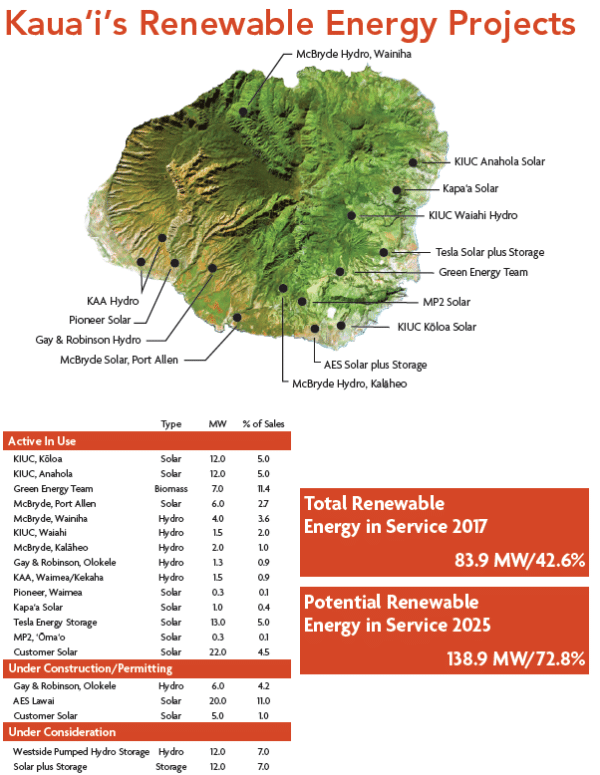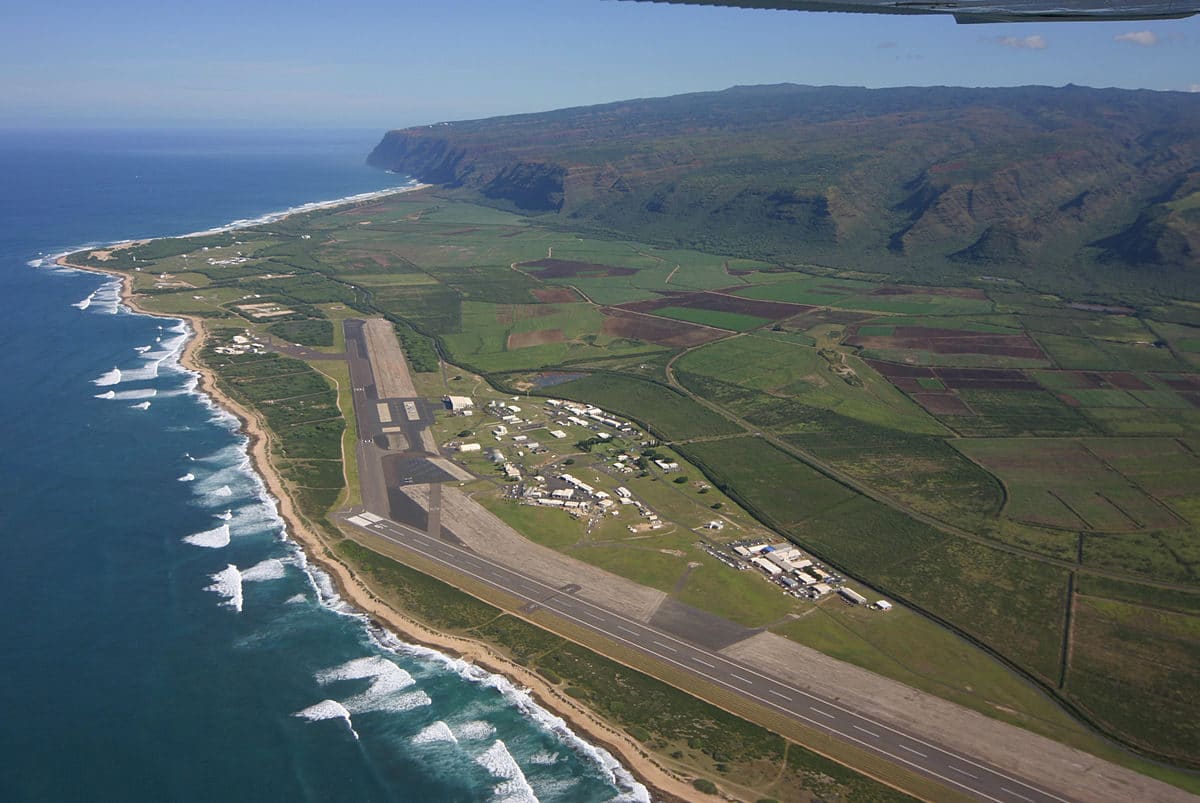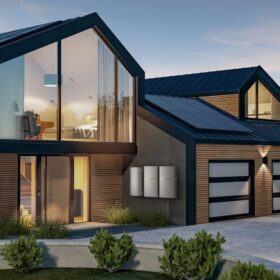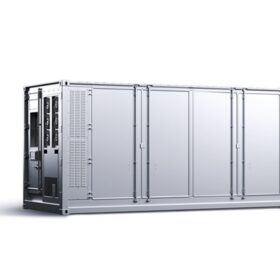Hawaii has been described as a “postcard from the future” in terms of deployment of renewable energy, with an unprecedented level of rooftop solar on an isolated grid. But the rest of the island state has nothing on Kaua’i, which got 42.6% of its power from renewables last year, including 22.8% from solar alone.
This progress is particularly impressive given that Kaua’i has very challenging characteristics for integrating high levels of renewable energy. The island’s public utility is addressing these challenges through massive deployment of energy storage, including both pumped hydroelectric power and battery projects paired with solar generation.
Last Friday Kaua’i Island Utility Cooperative (KIUC) announced a further step towards its ambitious energy transition, by securing approval from state regulators to buy power from a 19.3 MW solar project paired with a 70 MWh battery.
70 MWh is one of the largest solar-paired battery projects known to pv magazine staff, and this massive energy storage system means that the solar project will be able to deliver power from the sun overnight.
The solar + battery project will be built by AES on land leased from a U.S. Navy base, and will provide power to KIUC for 10.83 cents per kilowatt-hour under a 25-year power contract. Given the relative capacity of the battery to the solar, this is in impressively low price, and KIUC notes that this will be one of the lowest-cost power sources on an island that has been traditionally dependent on expensive imported fuel.
 The project at Pacific Missile Range Facility, Barking Sands is expected to be online by the end of 2019, and will join several other renewable energy projects that are already underway on the island. These include 25 MW of solar and battery storage and 5 MW of hydro, which will bring the island to roughly 70% renewable energy by the end of next year.
The project at Pacific Missile Range Facility, Barking Sands is expected to be online by the end of 2019, and will join several other renewable energy projects that are already underway on the island. These include 25 MW of solar and battery storage and 5 MW of hydro, which will bring the island to roughly 70% renewable energy by the end of next year.
“KIUC’s Board of Directors set an aggressive goal of reaching 70 percent renewable by 2030,” stated KUC CEO David Bissell. “Once this project is complete, we will be very close to that mark a decade early.”
Also, the benefits are not only for Kaua’i. An ironies of this system is that on an island, the system itself will be able to “island”, to ensure that the Navy’s Pacific Missile Range Facility, Barking Sands will be supplied with electricity even in the event that the power goes out on the rest of Kaua’i.
Getting to 90% renewable energy
But KIUC does not plan to stop there, and Kaua’i is setting a real-world example of what is possible with renewable energy. Bissell notes that this project and a pumped hydro storage project on the west side of the island will enable the island to approach 90% renewable energy by 2023.
This is more than the 80% of renewable energy that was modeled for the United States in a study led by Climate Scientist Ken Caldeira, using either 12 hours of energy storage or a continent-scale transmission network.
However, if anything it may be more difficult to deploy high levels of variable renewable energy in Kaua’i than in the United States, due to a unique set of circumstances on the island. First, on Kaua’i there are no electrical interconnections to other islands. This means that supply and demand must be balanced on the island.
Second, due to a largely tourist economy demand on the island’s grid starts to peak at around 6 PM, which is when solar is providing limited output. But perhaps the greatest challenge is that unlike nations such as Germany that balance wind with solar on both an daily and seasonal basis, due to concerns about endangered seabirds no wind can be deployed on Kaua’i. (Read pv magazine’s interview with KIUC to learn more about these challenges)
If KIUC reaches its goals, it will redefine what is possible with renewable energy – for the island and the world.
This content is protected by copyright and may not be reused. If you want to cooperate with us and would like to reuse some of our content, please contact: editors@pv-magazine.com.








By submitting this form you agree to pv magazine using your data for the purposes of publishing your comment.
Your personal data will only be disclosed or otherwise transmitted to third parties for the purposes of spam filtering or if this is necessary for technical maintenance of the website. Any other transfer to third parties will not take place unless this is justified on the basis of applicable data protection regulations or if pv magazine is legally obliged to do so.
You may revoke this consent at any time with effect for the future, in which case your personal data will be deleted immediately. Otherwise, your data will be deleted if pv magazine has processed your request or the purpose of data storage is fulfilled.
Further information on data privacy can be found in our Data Protection Policy.